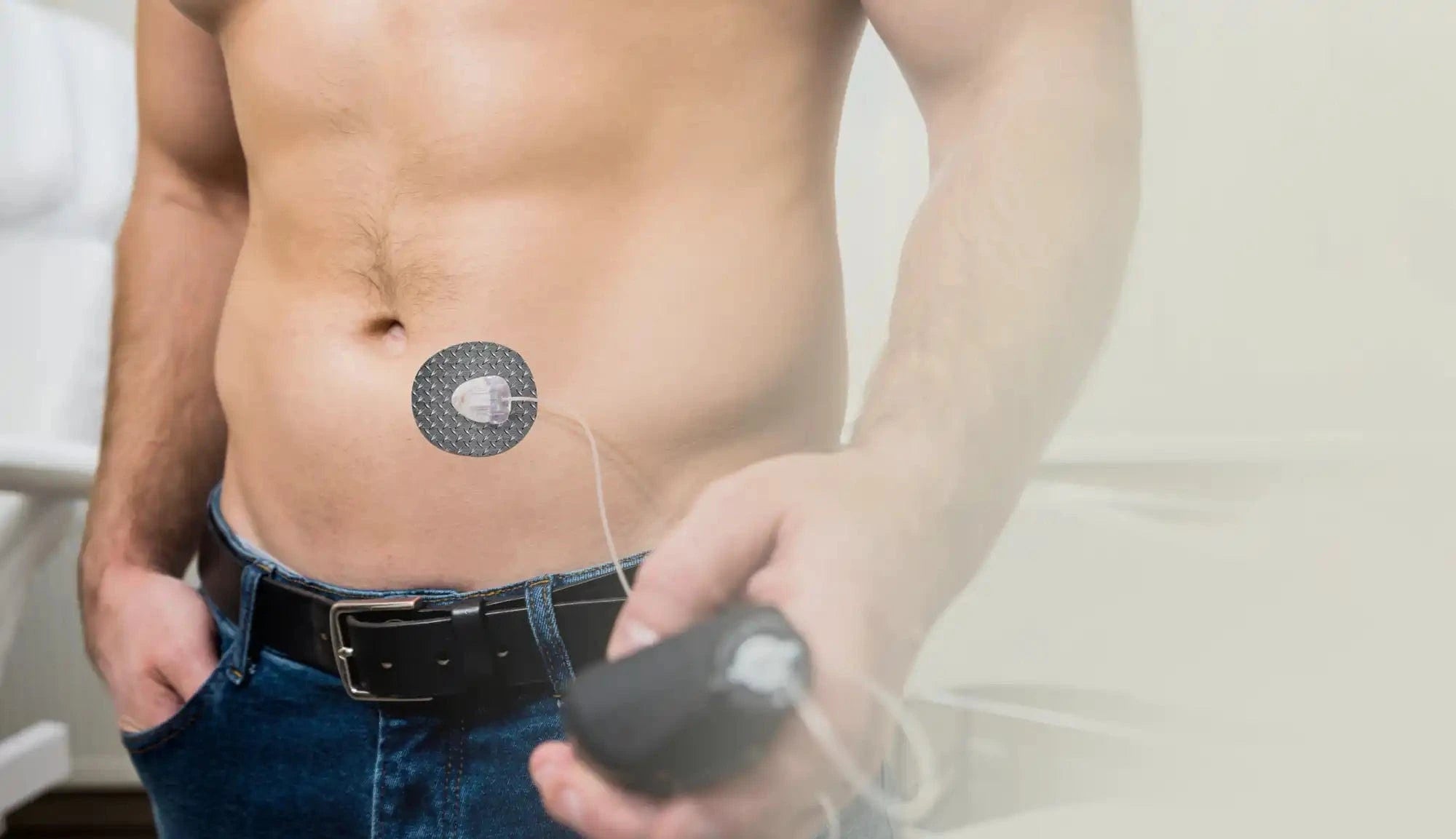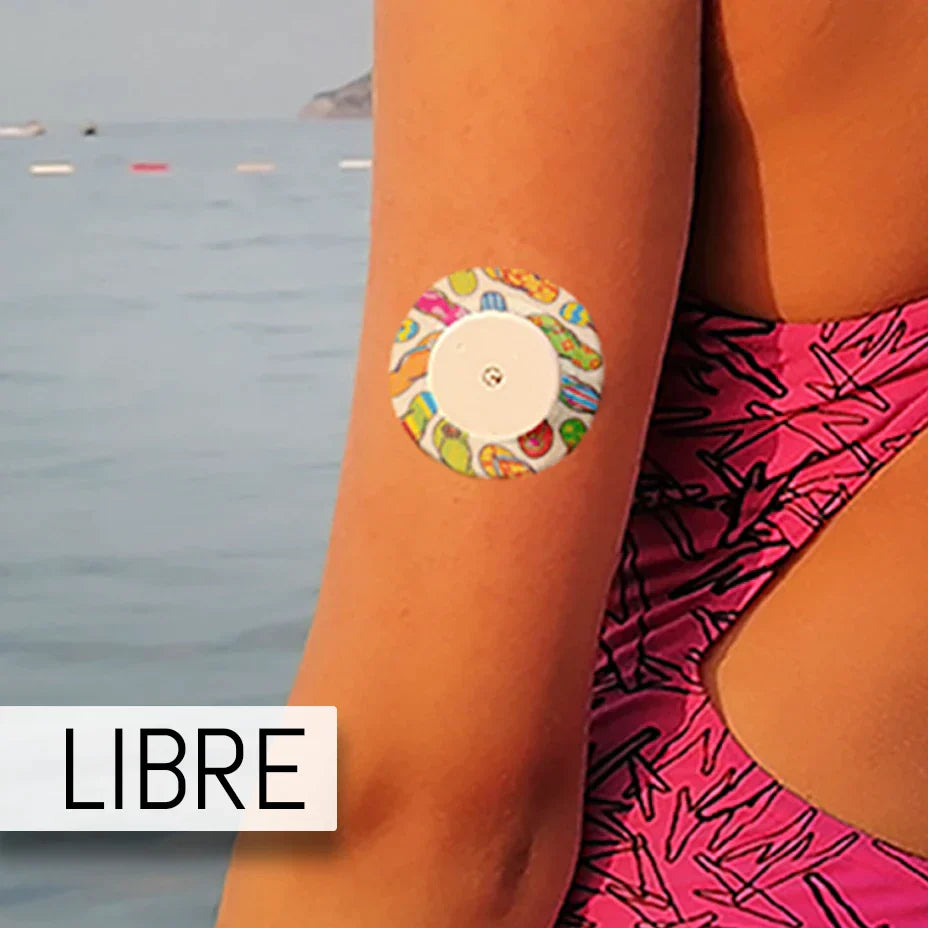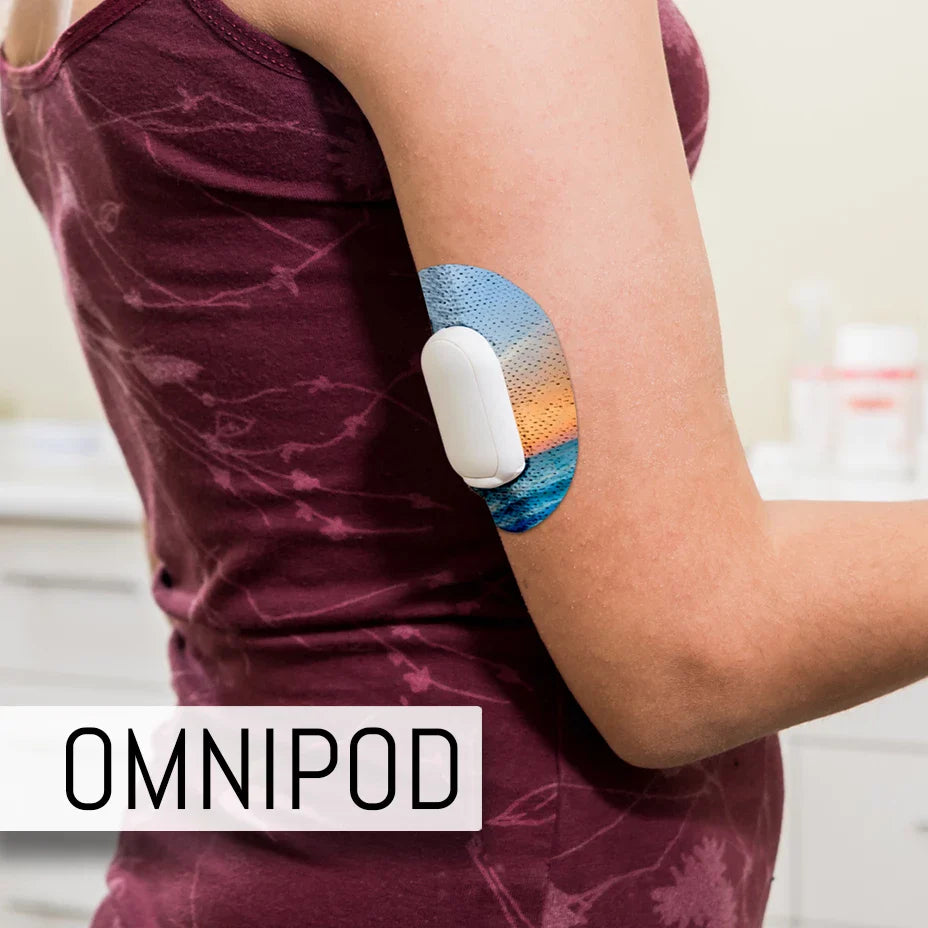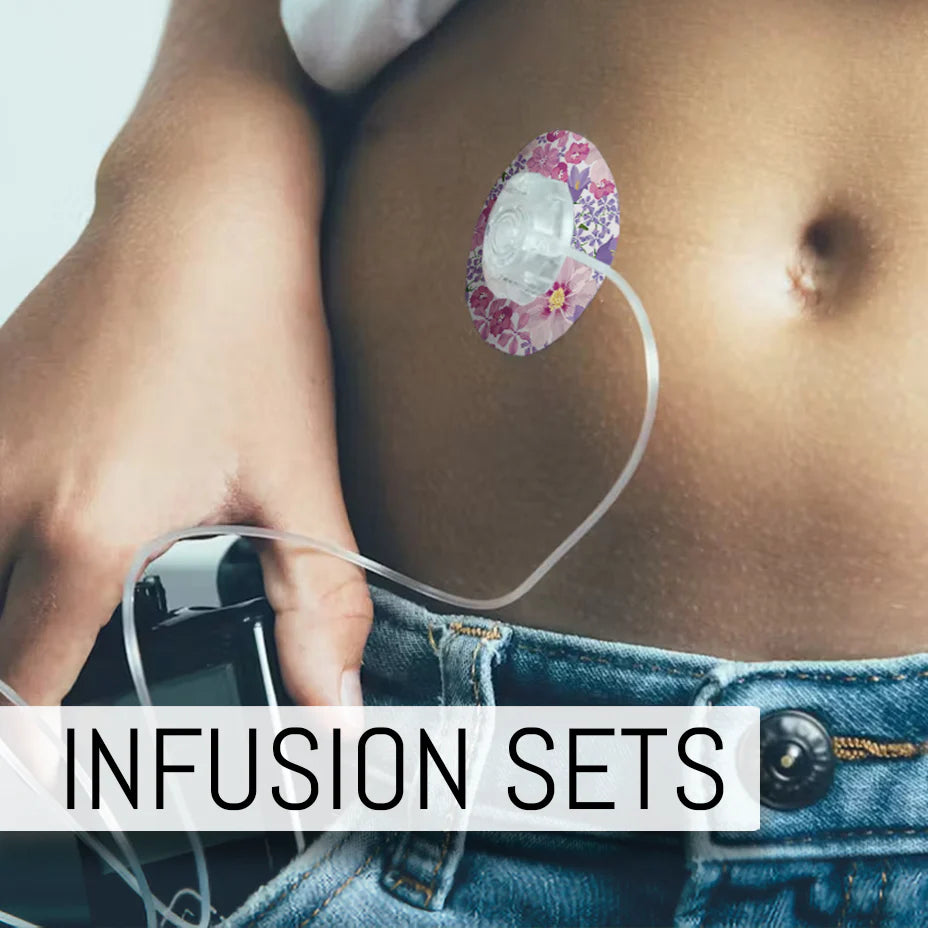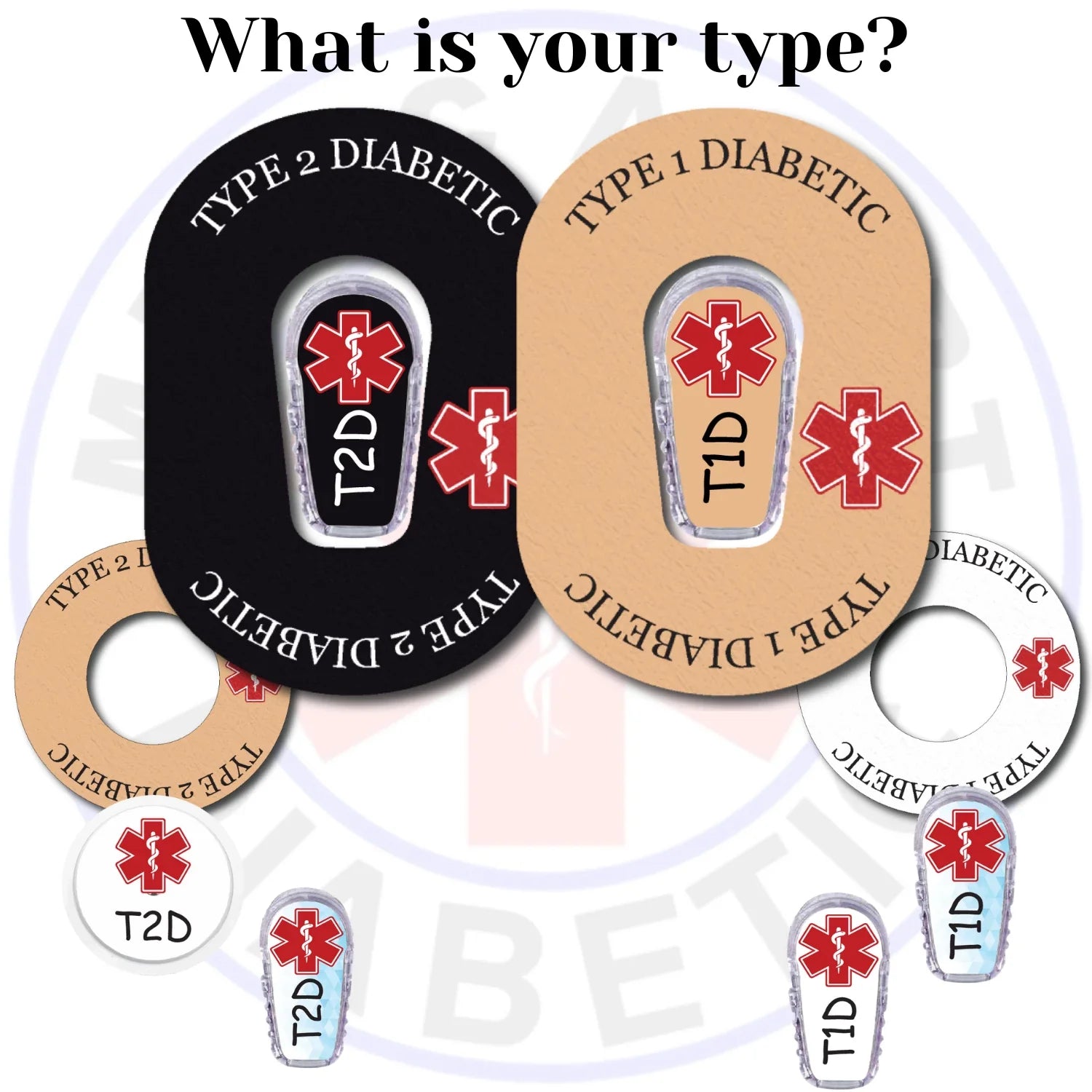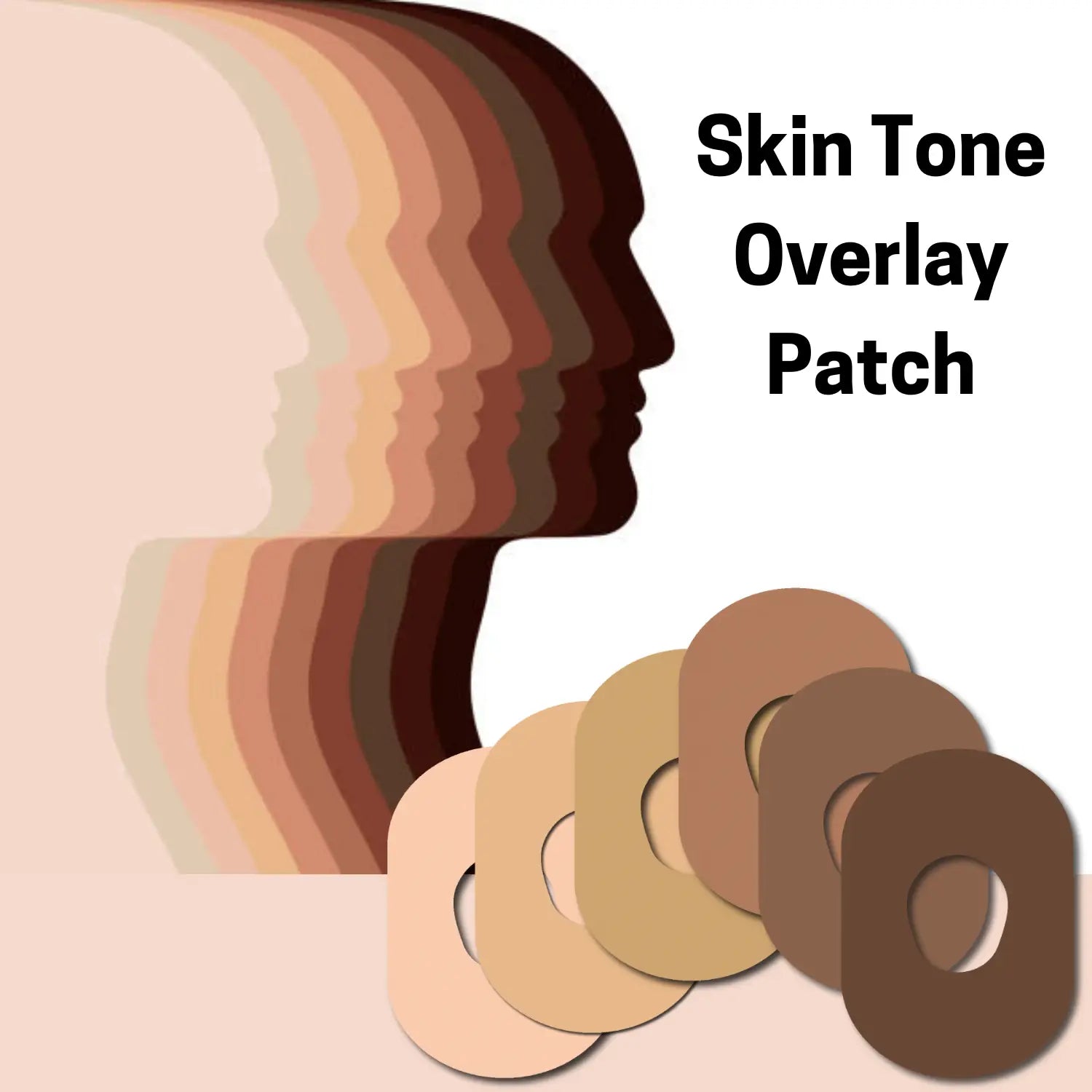glucose, sensor, blood sugar level, type 2 diabetes, sugar, medication, patient, mobile app, pump, risk, biosensor, transmitter, mobile device, disease, finger, metabolism, health care, diet, cell, wearable technology, behavior, arm, food and drug administration, medical device, fluid, nutrition, fatigue, health care provider, behavior modification, endocrinology, calibration, primary care, smart device, medical, stelo glucose biosensor, stelo, adhesive, medtronic, hypoallergenic, injection, patch, pain, newsletter, continuous glucose, adhesive remover, irritation, health insurance
Is a glucose monitor patch more accurate than traditional meters?
Glucose monitor patches provide continuous monitoring and can offer more accurate real-time data compared to traditional meters, which require periodic finger-pricking. However, accuracy may vary based on specific device calibration and individual usage.
Can a glucose monitor patch be used with an insulin pump?
A glucose monitor patch can indeed be used with an insulin pump. Many users successfully combine these devices to enhance their diabetes management while maintaining comfort and style.
How long does a glucose monitor patch typically last?
The typical lifespan of a glucose monitor patch varies, but most patches can last between 7 to 14 days, depending on factors like skin type, activity level, and adherence.
Is a diabetes sensor patch painful to wear?
The experience of wearing a diabetes sensor patch varies among individuals; however, most users find that it is generally not painful. The initial application may cause slight discomfort, but this usually subsides quickly.
Is a glucose monitor patch suitable for children with diabetes?
Glucose monitor patches are suitable for children with diabetes, as they are designed to be comfortable, secure, and stylish, making diabetes management easier and more enjoyable for kids.
What is the accuracy of a diabetes sensor patch?
The accuracy of a diabetes sensor patch is crucial for effective blood glucose monitoring. Most modern diabetes sensor patches, like those offered by Stick2Hope, typically have an accuracy rate within 10-15% of laboratory measurements.
Can a diabetes sensor patch be worn during exercise?
Diabetes sensor patches can indeed be worn during exercise. They are designed to be durable and secure, allowing you to engage in physical activity without compromising the patch's functionality.
Can a diabetes sensor patch be worn in the shower?
Diabetes sensor patches can typically be worn in the shower, as they are designed to be water-resistant. However, it’s recommended to avoid excessive water exposure to ensure optimal adhesion and functionality.
Is a diabetes sensor patch FDA approved?
Diabetes sensor patches are FDA approved, ensuring they meet safety and efficacy standards for users managing their diabetes. This approval gives users confidence in the quality and reliability of these devices.
Does a glucose monitor patch require fingerstick calibration?
A glucose monitor patch may or may not require fingerstick calibration, depending on the specific model. Always refer to the manufacturer's instructions for the most accurate guidance on calibration needs.
How does a glucose monitor patch track blood sugar levels?
A glucose monitor patch tracks blood sugar levels through a small sensor that measures glucose in the interstitial fluid just beneath the skin. It continuously transmits this data to a connected device, providing real-time insights for effective diabetes management.
How often does a glucose monitor patch need to be replaced?
The replacement frequency for a glucose monitor patch depends on the specific device, but generally, patches should be replaced every 7 to 14 days to ensure accurate readings and optimal adhesion.
How does a diabetes sensor patch measure glucose levels?
Diabetes sensor patches measure glucose levels by using a small sensor inserted under the skin, which detects the glucose in the interstitial fluid. The sensor transmits this data to a connected device for real-time monitoring.
How long does a diabetes sensor patch last?
The lifespan of a diabetes sensor patch typically ranges from 7 to 14 days, depending on the specific device and individual usage conditions. Always refer to the manufacturer's guidelines for the most accurate information.
What features enhance the glucose monitor patch?
The features that enhance the glucose monitor patch include durable adhesive for secure placement, waterproof material for protection during activities, stylish designs for personalization, and various sizes to fit different devices, ensuring both functionality and comfort for users.
How does the diabetes sensor patch communicate results?
The diabetes sensor patch communicates results by sending glucose level data wirelessly to a paired device, such as a smartphone or insulin pump, allowing users to monitor their levels in real-time for better diabetes management.
Can the glucose monitor patch adjust for activity levels?
The glucose monitor patch does not automatically adjust for activity levels, but it is designed to securely hold the device in place during physical activities, ensuring accurate readings regardless of your fitness routine.
What types of users benefit from diabetes sensor patches?
The types of users who benefit from diabetes sensor patches include individuals managing diabetes with devices like Dexcom, Freestyle Libre, and Omnipod. These patches enhance device security, comfort, and style, making diabetes management more seamless.
Are there any side effects of wearing patches?
The side effects of wearing patches may include skin irritation, allergic reactions, or discomfort. However, these reactions are typically rare and can often be minimized by ensuring proper application and following care instructions.
How are glucose monitor patches maintained for accuracy?
The accuracy of glucose monitor patches is maintained through regular calibration, proper skin preparation before application, and by ensuring the patch remains securely attached and free from moisture or contaminants.
What advancements are being made in sensor patch technology?
Advancements in sensor patch technology include improved adhesive materials for better skin compatibility, enhanced sensor accuracy for real-time monitoring, and innovative designs that allow for greater comfort and style while ensuring reliable diabetes management.
Can the diabetes sensor patch provide real-time data?
The diabetes sensor patch can provide real-time data. It continuously monitors glucose levels, allowing users to easily track their readings and manage their diabetes effectively.
What is the ideal placement for a glucose monitor patch?
The ideal placement for a glucose monitor patch is on clean, dry skin, often on the abdomen or the back of the arm. Avoid areas with heavy movement or friction to ensure optimal adhesion and accurate readings.
How does the adhesive of the patch perform over time?
The performance of the patch adhesive over time is designed to remain strong and secure, even through daily activities and exposure to moisture. Users can expect reliable adhesion throughout the lifespan of the patch.
Can multiple patches be used simultaneously on one user?
Multiple patches can be used simultaneously on one user, allowing for a stylish and functional approach to securing different diabetes devices as needed. However, ensure that patches are applied correctly for optimal adherence and skin comfort.
What feedback do users provide about glucose monitor patches?
Users typically provide positive feedback about glucose monitor patches, highlighting their functionality, comfort, and stylish designs, which enhance the overall experience of managing diabetes while ensuring devices remain securely in place.
Are glucose monitor patches suitable for athletes?
Glucose monitor patches are suitable for athletes as they offer secure adhesion during physical activities, ensuring reliable continuous glucose monitoring without interfering with performance. Their durable design also withstands sweat and movement, making them practical for active lifestyles.
How does humidity affect patch performance?
Humidity can significantly impact patch performance by affecting adhesive strength and overall durability. High humidity may cause patches to loosen or peel, potentially compromising their ability to securely hold diabetes devices in place.
What alternatives exist to glucose monitor patches?
Alternatives to glucose monitor patches include specialized adhesive tapes, adhesive barrier films, and silicone overlays. These options can help secure glucose monitoring devices while offering varying levels of comfort and protection.
What roles do patches play in glucose management?
Patches play a crucial role in glucose management by securely holding diabetes devices in place, ensuring accurate readings while providing a stylish protective layer. They enhance users' comfort and confidence in managing their condition effectively.


